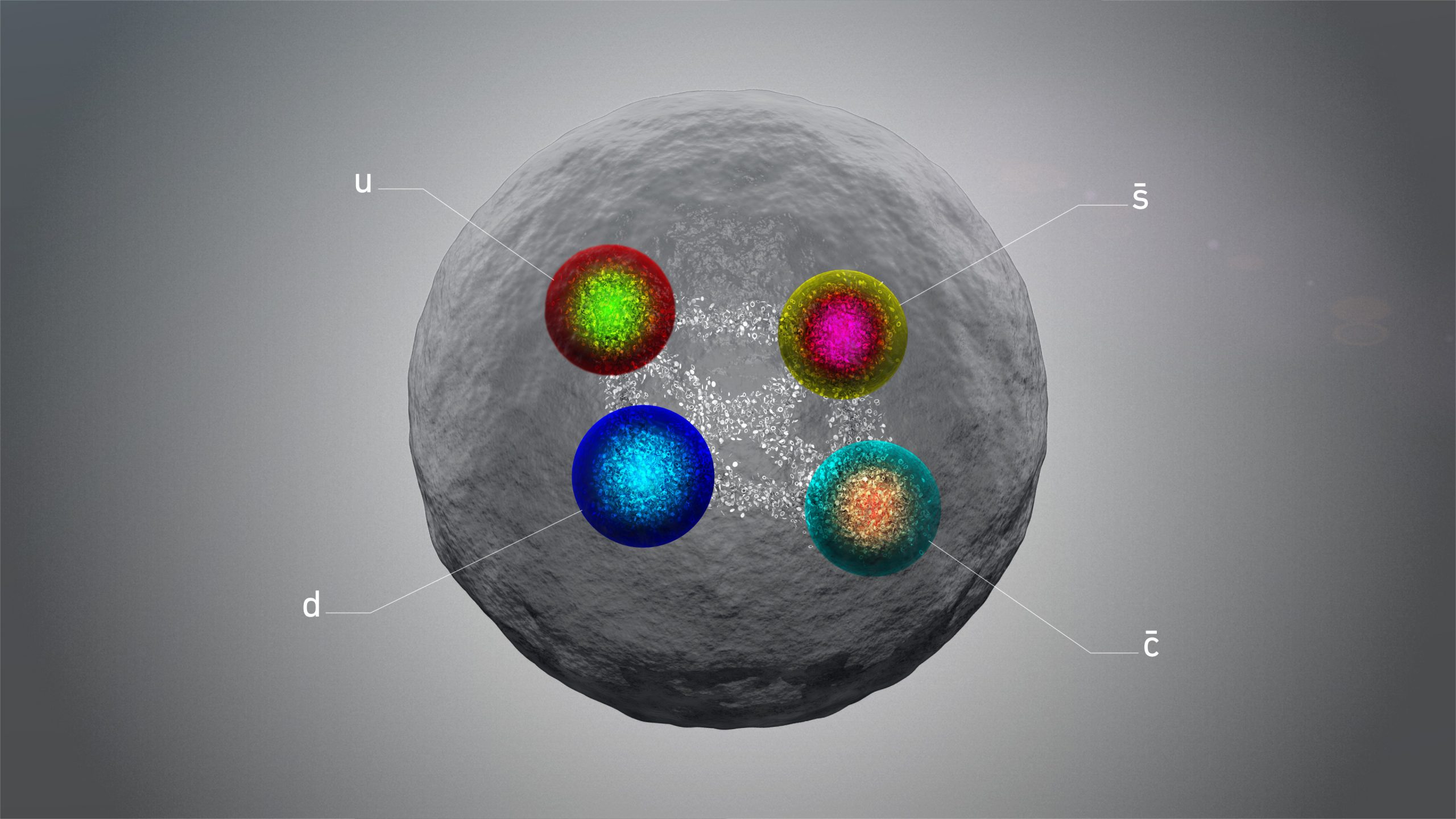Wider net to be cast for finding dark matter. The work for non-WIMP dark matter.
'On the collider front, the LHC researchers have begun to investigate some of these new possibilities. For example, they have started looking at the hypothesis that dark matter is part of a larger dark sector with several new types of dark particles. These dark-sector particles could include a dark-matter equivalent of the photon, the dark photon, which would interact with the other dark-sector particles as well as the known particles, and long-lived particles, which are also predicted by SUSY models.
"Dark-sector scenarios provide a new set of experimental signatures, and this is a new playground for LHC physicists," says Doglioni.
"We are now expanding upon the experimental methods that we are familiar with, so we can try to catch rare and unusual signals buried in large backgrounds. Moreover, many other current and planned experiments are also targeting dark sectors and particles interacting more feebly than WIMPs. Some of these experiments, such as the newly approved FASER experiment, are sharing knowledge, technology and even accelerator complex with the main LHC experiments, and they will complement the reach of LHC searches for non-WIMP dark matter, as shown by the CERN Physics Beyond Colliders initiative."'
Our fourth story in the LHC Physics at Ten series discusses the LHC’s hunt for the hypothetical particle that may make up dark matter

home.cern
Search for WIMP dark matter
"Crews working on the largest U.S. experiment designed to directly detect dark matter completed a major milestone last month, and are now turning their sights toward startup after experiencing some delays due to global pandemic precautions.
U.S. Department of Energy officials on Sept. 21 formally signed off on project completion for LUX-ZEPLIN, or LZ: an ultrasensitive experiment that will use 10 metric tons of liquid xenon to hunt for signals of interactions with theorized dark matter particles called WIMPs, or weakly interacting massive particles. DOE's project completion milestone is called Critical Decision 4, or CD-4.
Dark matter makes up an estimated 85 percent of all matter in the universe. We know it's there because of its observed gravitational effects on normal matter, but we don't yet know what it is. LZ is designed to detect the two flashes of light that occur if a WIMP interacts with the nucleus of a xenon atom.
"We are completing commissioning of the detector—the testing phase—and will be looking at LZ data next year," said Simon Fiorucci, LZ operations manager and a physicist at the DOE's Lawrence Berkeley National Laboratory (Berkeley Lab), which is the lead institution for the LZ collaboration.
LZ is installed nearly a mile below ground at the Sanford Underground Research Facility (Sanford Lab) in Lead, South Dakota. Its depth provides natural shielding against the constant shower of cosmic rays at the Earth's surface, which are a source of background particle "noise" that could drown out the WIMP interaction signals scientists are searching for. LZ is also built from components that have been individually selected and tested to be low in naturally occurring radiation that could also complicate the search."
Crews working on the largest U.S. experiment designed to directly detect dark matter completed a major milestone last month, and are now turning their sights toward startup after experiencing some delays due to global pandemic precautions.

phys.org




